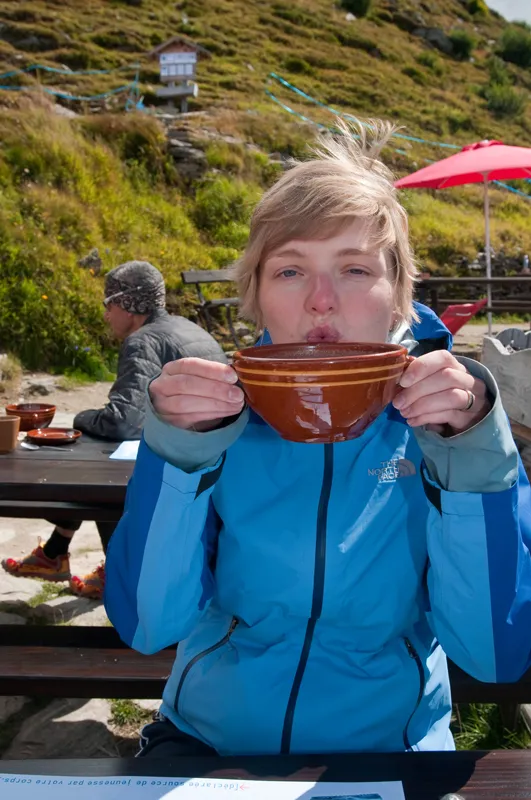Lossy joint source-channel coding in the finite blocklength regime
Victoria Kostina
Princeton University
Dept. of Electrical Engineering
Engineering Quadrangle
Princeton, NJ 08544, USA
Abstract:
We show new tight finite-blocklength bounds for the best achievable lossy joint source-channel code rate, and demonstrate that joint source-channel code design brings considerable performance advantage over a separate one in the non-asymptotic regime. A joint source-channel code maps a block of $k$ source symbols onto a length$-n$ channel codeword, and the fidelity of reproduction at the receiver end is measured by the probability $\epsilon$ that the distortion exceeds a given threshold $d$. For memoryless sources and channels, it is demonstrated that the parameters of the best joint source-channel code must satisfy $nC - kR(d) \approx \sqrt{nV + k \mathcal V(d)} \Qinv{\epsilon}$, where $C$ and $V$ are the channel capacity and dispersion, respectively; $R(d)$ and $\mathcal V(d)$ are the source rate-distortion and rate-dispersion functions; and $Q$ is the standard Gaussian complementary cdf. We also show that in certain cases, symbol-by-symbol (uncoded) transmission yields the tightest finite-blocklength achievability bound.
Biography:
Victoria Kostina received the Bachelor’s degree with honors in applied mathematics and physics from the Moscow Institute of Physics and Technology, Russia, in 2004, where she was affiliated with the Institute for Information Transmission Problems of the Russian Academy of Sciences, and the Master’s degree in electrical engineering from the University of Ottawa, Canada, in 2006. She is currently pursuing a Ph.D. degree in electrical engineering at Princeton University. Her research interests lie in information theory, theory of random processes, coding, and wireless communications.
